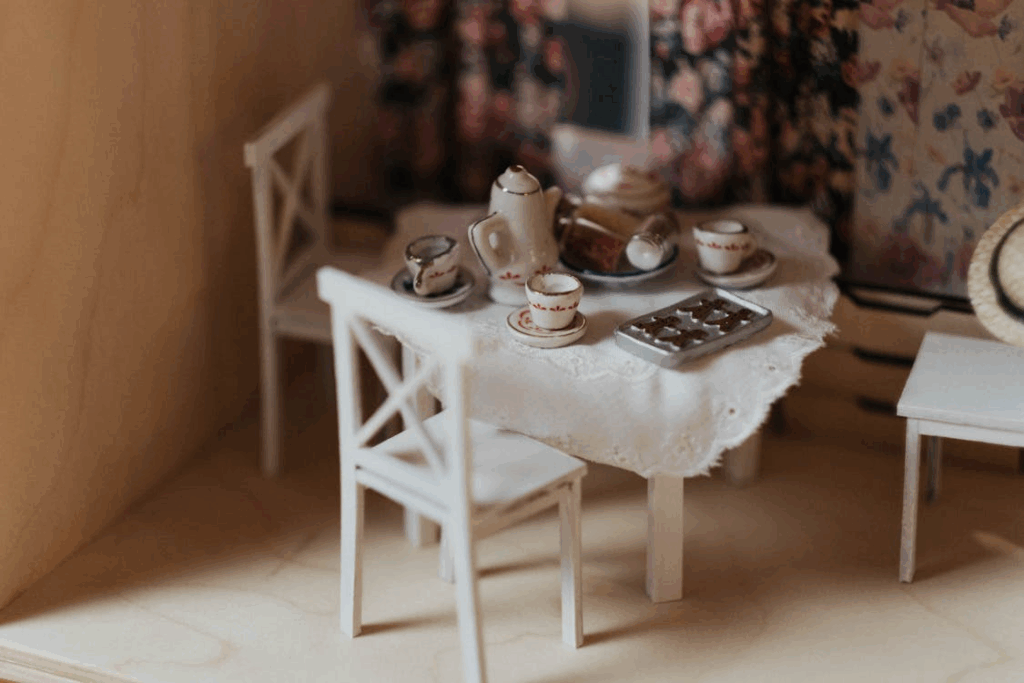Knock on wood. Don’t open an umbrella indoors. Avoid walking under ladders. These habits seem harmless, even playful. However, they come from centuries of fear, faith, and folklore.
The history of superstitions shows that these are leftovers of old belief systems, tiny rituals that once helped humans make sense of an unpredictable world. Even today, in an age of science and technology, most people still follow at least a few of them—just in case.
The history of everyday superstitions is less about magic and more about psychology. They reveal how humans have always tried to control luck, fate, and the unknown.
Where Superstitions Come From
Before science explained natural forces, people created rituals to feel safe. Superstitions were born from attempts to influence or appease unseen powers. Ancient Romans, Greeks, and Egyptians believed spirits governed everything from weather to illness. Small actions, such as knocking, crossing fingers, and carrying charms, were ways to interact with those forces.
For instance, the act of knocking on wood comes from ancient pagan traditions in which trees were believed to house protective spirits. Tapping the trunk was a way to summon good luck or thank the spirits for help. Over the centuries, the gesture became a casual way to “ward off” bad fortune after saying something optimistic.
Similarly, throwing salt over your shoulder dates back to medieval times, when salt was valuable and symbolic of purity. Spilling it was bad luck, supposedly inviting the devil to your left side and tossing a pinch over the left shoulder symbolically “blinded” him before he could act.
These customs may sound quaint, but they once held real psychological power. They reassured people that they could influence outcomes in a chaotic world.
Check out The Forgotten Origins of Common Phrases We Use Every Day for more language history.
Fear, Fate, and the Number 13
Some of the most enduring superstitions revolve around numbers and symbols of misfortune. The fear of 13, or triskaidekaphobia, likely began in ancient times. Thirteen was considered unlucky because it followed twelve—a number seen as complete and harmonious (twelve months, twelve gods, twelve zodiac signs). The extra number disrupted the balance.
The superstition deepened through Christian tradition, where Judas, the betrayer, was the thirteenth guest at the Last Supper. By the 19th century, entire buildings skipped the 13th floor, and airlines avoided row thirteen—a practice that continues in many places today.
Even the simple act of breaking a mirror once carried grave meaning. In Roman times, mirrors were thought to reflect not just your image, but your soul. Damaging one meant harming your spiritual essence, resulting in seven years of misfortune. This is based on the time Romans believed it took the soul to renew itself.
Such beliefs persist because they tap into universal human fears—of chaos, mortality, and bad luck—and provide comforting rituals to ward them off.
See The Craziest Coincidences in History for jaw-dropping real-world overlaps.
Why We Still Believe
Modern psychology suggests superstitions persist because they work, at least emotionally. They provide a sense of control in uncertain situations, especially when outcomes are random. Athletes might wear “lucky socks” before a game; students may use the same pen during exams. These rituals reduce anxiety and boost confidence, creating a placebo effect for courage and calm.
In essence, superstition is a blend of culture and comfort. It links us to our ancestors’ desire to explain the unexplainable, and it still helps us cope with uncertainty today. Whether or not luck exists, believing we can influence it gives us a small, reassuring sense of power.
Next time you knock on wood or toss a pinch of salt, remember: you’re echoing thousands of years of human history. These tiny gestures may not change fate, but they remind us that hope, ritual, and imagination are timeless.
Curious about inner thoughts? Read Why Some People Don’t Have an Inner Monologue for a surprising brain twist.




